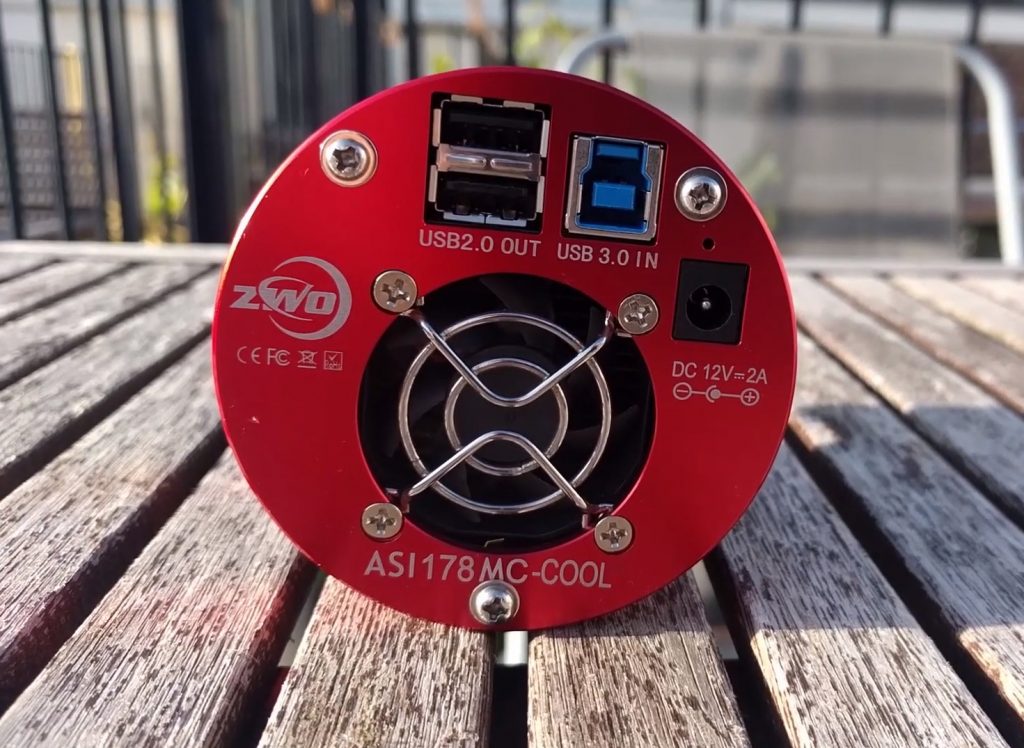
If you are looking for a review on the ZWO ASI 178MC-Cool you’ve come to the right place. This blog review reflects my personal thoughts on the camera after having used it for multiple years.
My short conclusion is that the ZWO ASO 178-MC cool is a reflection of the fast, innovative pace of ZWO as a company. It was one of the first ZWO color cameras with a peltier cooler on the market and as a consequence it has its pros and cons. The main advantage is that this camera has a very small sensor size, which enables you to really “zoom in” on astronomical targets – even with a relatively widefield telescope such as a 80mm-100mm (3″ to 4″) refractor. This makes the camera perfect for planetary photography and small, bright objects in the night sky. For example, some planetary nebula such as the Dumbbell (M27) and awesome globular clusters like the Great Hercules Cluster (M13) are perfect targets for the ZWO ASI 178MC. However, due to amglow issues, you are limited to about 1 minute exposures after which the ampglow becomes to much of an issue to deal with in post processing. Due to these amp glow issues, I would not recommend the 178MC for deepsky astrophotography of faint(er) objects. Below, I’ll share the details of this camera, my amp glow tests and some of the pictures I took with this camera.
ZWO
Two years ago I made a decision to buy my first dedicated astrophotography camera, and my choice at the time was the 178MC-Cool. for various reasons. At the time I was using a modified Canon DSLR camera. I wanted to buy a camera with a cooler to see if that would eliminate the noisy images i got with my DSLR. Ofcourse, you can always compensate with darks and flat frames but I wanted to see how big the change was in moving from a DSLR to a dedicated-cooled camera. Around that time, ZWO had its first range of cooled CMOS sensor cameras. I decided to buy the cooled colour version because a mono camera would add an extra layer of complexity to my sequencing such as learning how to image with a filterwheel and engage in more complex post processing. I had – and still have – a relatively small 80MM F/7 Teleskop Photoline refractor as i generally like to image with a broad FOV, but I was also interested in taking pictures of galaxies and planetary nebula. The ZWO 178MC camera has a CMOS sensor with a relatively small pixel size ( Sony IMX178; 2.4 u) with an array size of 3096×2080 pixels which leads to a field of view of 30,6 x 56,7 arc minutes through my 80MM refractor, which would be perfect to capture the smaller galaxies and planetary nebulae. If you don’t like reading, then check out my review video below. If you do, you can skip the video and keep on reading.
DARK FRAMES TEST
So what are my experiences after two years? Well, let’s get into some details. First up, let’s discuss its cooling capabilities and the dark frames that come with it. The good news is that the camera can cool the sensor to about -45C below ambient temperature, and that indeed eliminates a lot of the noise that an uncooled image would produce. So let’s take a look at the 60 second uncooled and 60 second cooled picture. Both pictures are ‘stretched’ in order to get a detailed look at the amount of noise the camera produces. The unstretched pictures were pitch black and did not reveal any differences between the cooled and uncooled images.
The cooled and uncooled stretched pictures are shown below:

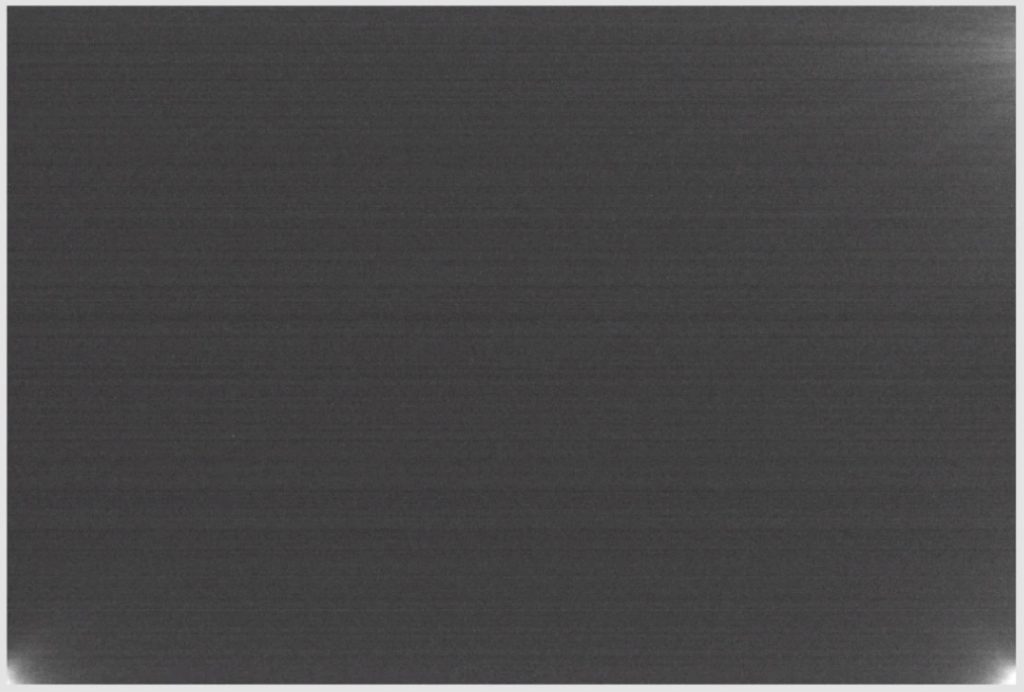
There are a couple of things to be said here. First of all, the noise at -15C is indeed much reduced as compared to the uncooled 60 second frame. However, two issues diminish the capabilities of this camera to perform deep-sky astrophotography…first of all, it is quite obvious that we are dealing with amp glow. Especially at the top right corner, the amp glow has the tendency to reach relatively far into the image. I found out that the amount of amp glow was not always constant, which is troublesome as it needs to be constant in order to deal with such artifacts by using dark frames.
Second, we clearly see banding issues, especially in the cooled, stretched frame. This can be compensated by using dark frames, but it is ofcourse always better when you do not have to deal with such issues in the first place. Below, I’ve shared another two stretched dark frames with an exposure time of 180 seconds.


Looking at the 3 minute stretched dark frames, I come to similar conclusions. Although the amount of noise is much reduced in the 180 second cooled frame, the banding issue remains a problem. If this would be the only thing, then a proper amount of dark frames taken with a similar temperature and exposure time as your light frames would compensate for the banding issue. However, we also have to deal with even more ampglow. While at the bottom left and right this remains manageable (you can always crop the picture), the amp glow on the top right is beyond my abilities to repair. It simply reaches too far into the image which would affect any DSO target you are imaging, which is unfortunate. So the take away message is that when you are buying a 178MC-COOL camera, you would be limited to an exposure time of about 60 to 90 seconds at maximum, after which the ampglow on the top right is very hard to handle. That means this camera is basically limited to relatively bright DSO’s, such as galaxies, star clusters, and/or globular clusters. Faint nebula that require exposure times of more than two minutes are off limits for this camera.
Moon and deepsky astrophotography results with the ZWO ASI 178MC-Cool
Below I’ll share some light frames with you. First of all, the 178MC cool is perfectly suited to take pictures of the moon and our planets. Below is my picture of the full moon and Tycho crater. Both images are desatured (I like the moon better that way) but I did not encounter any issues with colour abberations. In short, the 178MC-COOL is perfectly suited for moon and planetary observations. An important note i want to make is that our planets and moon require a very short exposure time, so I’m confident that the 178MC would do a similar good job, and it is a couple of hundred euro’s of dollars cheaper than the cool version. So it you are exclusively interested in taking planetary images, I would recommend the uncooled version of the 178MC, or perhaps another camera such at the ZWO 120MC or 120MM depending on your preference for mono or colour.
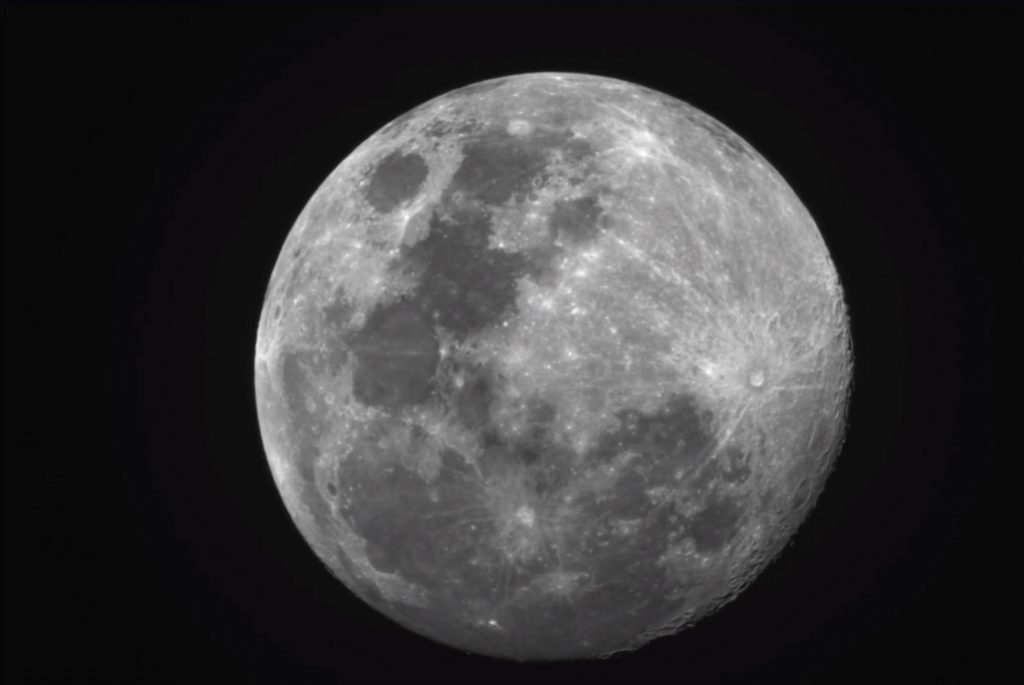
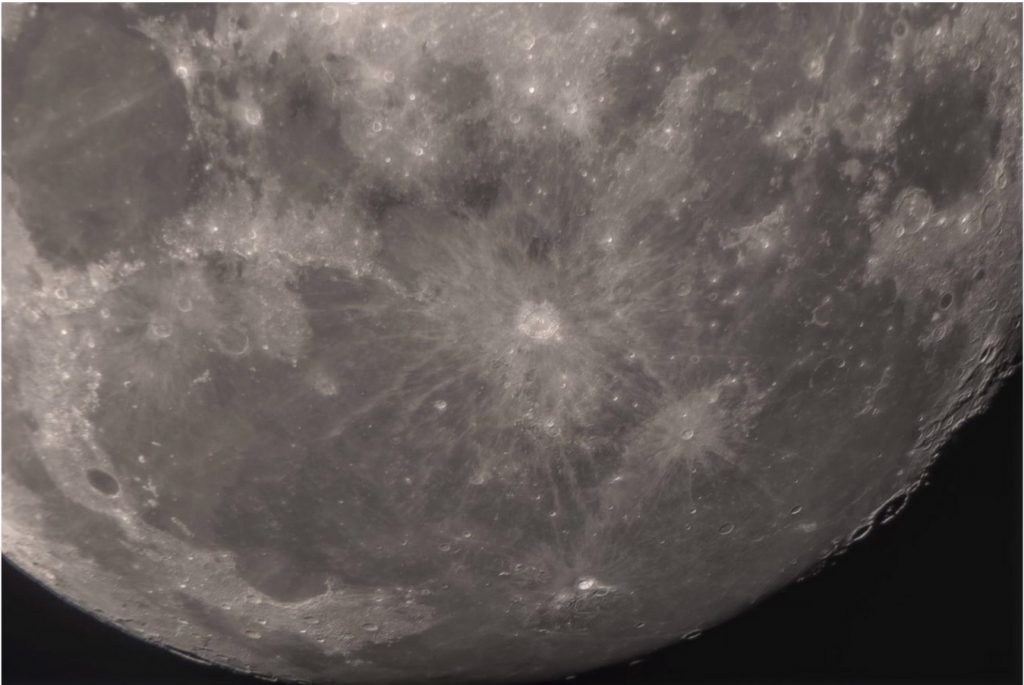

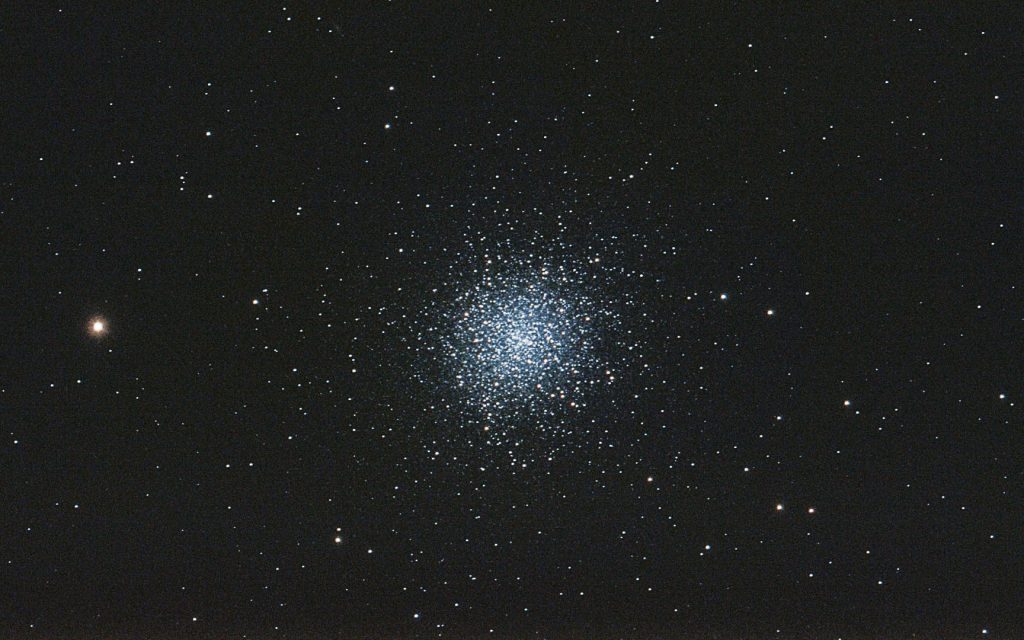
As you can see, when limiting the camera to an exposure time of about 60 seconds or below, processing the pictures in deep sky stacker and some post processing efforts in photoshop will provide decent pictures of bright DSO targets. However, when focussing on faint nebula, the exposure time needed of 3+ minutes produced unmaneagable amounts of amp glow to get a decent image of some fainter DSO’s.
ZWO ASI 178MC-COOL – CONCLUSION
So, would I buy this camera again? I guess my answer would be no. But a lot has happened in the two years since I bought this camera. I switched to mono imaging about a year ago with my new ZWO ASI 1600MM pro. Only a couple of hundred dollars (or euro’s) more expensive, this CMOS camera does an excellent job (see my blogpost on this camera). It does not have any banding or amp glow issues and it is excellent for imaging faint, deepsky nebulae. It really rivals the quality of CCD cameras – although you still have to compensate for dark frames as you are still working with a CMOS sensor.
Two years ago when I bought the 178MC-cool, the ZWO 1600 was still under development. It actually shows how innovative ZWO is as a company. They started producing excellent planetary and guiding camera’s after which they continued to research and innovate on using CMOS sensors for deepsky imaging. I think the 178MC-cool is the kind of ‘ in between’ camera from ZWO, where they were experimenting with cooling a CMOS sensor for the first time. Right now (2019), there are better options available. So in sum, if you want to image the moon and planets, I would not bother with buying an expensive cooled camera. Instead, an uncooled 178MC or 120MC (or MM) would do the job just fine and it safes you a couple of hundred dollars or euro’s. If you also want to image some brighter DSO targets (galaxies, star cluster, planetary nebula), the 178MC cool may still be an acceptable option for you. And perhaps you can strike a good deal with an owner who wants to sell this camera at a favorable price. If you are considering a camera to image weaker DSO objects such as faint nebula (e.g. the horsehead, fainter parts of orion, elephant trunck nebula, etc), I would recommend saving up a little more cash and buy a camera in the ZWO 1600 series.
Here’s an affiliate link to the ZWO 178MC version WITHOUT THE PELTIER COOLER. Affiliate link means you are not paying extra for the product and I get a small percentage of the sale which helps me to pay for this website and my YouTube efforts. Rest assured, it has only cost my money so far :-). I hope this info is useful for you. As always, I advise you to do your own research and I hope you will find the camera that suits your specific astrophotography needs.
EDIT: I noticed that the ZWO ASI 178MC cool is not available anymore from ZWO! Hope my blog has nothing to do with that….:-). Perhaps a second hand camera is an option for you. I would say, if you could get a used 178MC cool in good condition for a similar price as the uncooled version, I would definitely go for the cooled version. Cheers and clear skies!
#178MC #ZWO #Astrophotography #camera
Hello. I use 178MC not cooled. I am not sure how beneficial is the use of bias frames for DSO, and which exposure time should be used. Right now I use 50 frames of 0.001s exposures for bias. Thank you.
Hi Yossi,
For bias, you can take the shorterst exposure time possible, .001 is OK. Just make sure you’re also using the same gain level as your light frames, and keep the lenscap on. That should give you a good set of frames. I usually compensate with 50 bias, 50 flats and 50 dark frames. But you can try this yourself, check whether the stacked image is improved when adding the bias frames. If not, just leave them out of the process. clear skies.